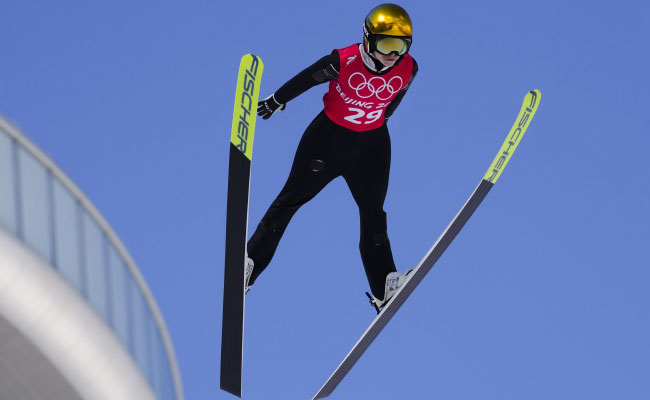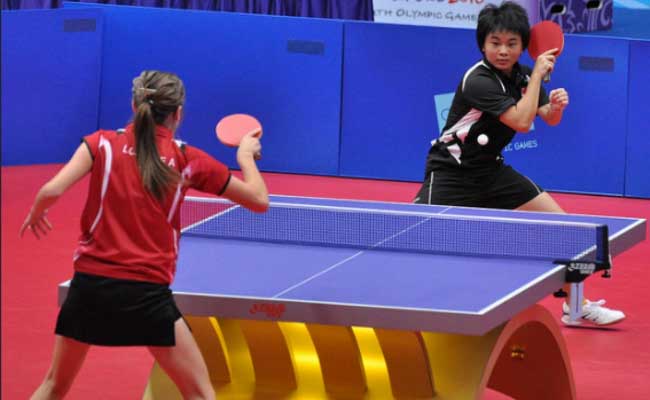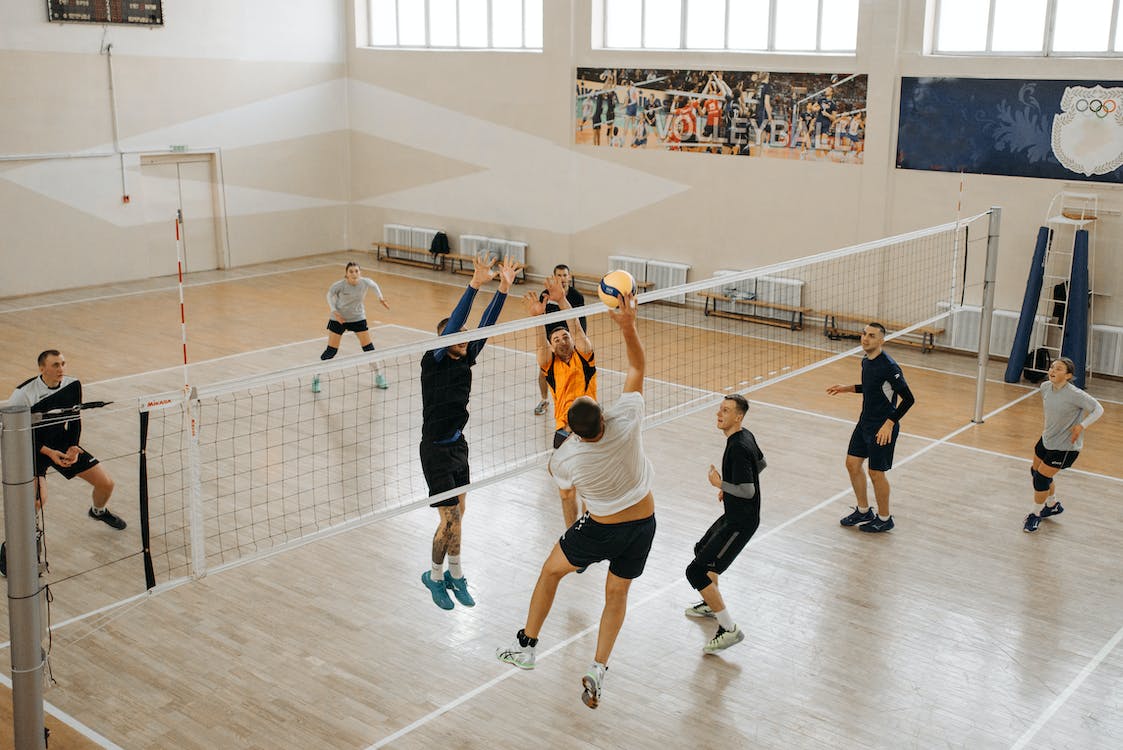Ski jumping is an Olympic sport that involves jumping from a ski ramp and soaring through the air. It is a high-risk sport that requires precision, technique, and courage. In this article, we will discuss the history, rules, equipment, technique, and safety measures of ski jumping.
History of Ski Jumping
Ski jumping has a long history that dates back to the 1800s. It originated in Norway, where it was used as a means of transportation in the winter months. The first ski jumping competition was held in Norway in 1862, and it has since become a popular sport in many countries, including Japan, Austria, Germany, and the United States.
Rules of Ski Jumping
Ski jumping is a competition that involves a single jump. The goal is to jump as far as possible while maintaining good form and landing safely. The jumps are measured from the takeoff point to the landing point, and the skier with the longest jump wins.
Ski jumpers are judged on distance, style, and landing. The judges award points for the distance of the jump and deduct points for any flaws in the skier’s technique or landing.
Equipment for Ski Jumping
Ski jumpers wear special equipment designed to reduce air resistance and increase speed. This includes a ski suit, gloves, helmet, and ski boots.
The skis used in ski jumping are longer and narrower than regular skis, and they have a special binding that allows the skier’s heel to lift off the ski. This allows the skier to maintain an aerodynamic position in the air and increase their speed.
Technique for Ski Jumping
Ski jumping requires a unique set of skills, including balance, coordination, strength, and precision. The technique involves several phases, including the in-run, takeoff, flight, and landing.
During the in-run phase, the skier builds up speed and momentum as they approach the ramp. The skier must maintain a straight and stable position while leaning forward slightly to reduce air resistance.
As the skier reaches the takeoff point, they push off with their legs and jump into the air. The skier must maintain a stable position in the air while keeping their skis parallel to each other and their body straight and aligned.
During the flight phase, the skier uses their body and skis to control their speed and direction in the air. The skier must also adjust their position to ensure a safe landing.
The landing phase is the final part of the jump, and it requires a high degree of precision and skill. The skier must maintain a stable position in the air while preparing for a smooth and safe landing.
Safety Measures for Ski Jumping
Ski jumping is a high-risk sport that requires a great deal of skill and experience. To ensure the safety of the athletes, several measures are taken to minimize the risk of injury.
One of the most important safety measures is the construction and maintenance of the ski jump ramp. The ramp must be built to exact specifications to ensure a safe and smooth takeoff and landing.
Another safety measure is the use of protective equipment, including helmets, ski suits, and gloves. This equipment is designed to reduce the risk of injury in the event of a fall or collision.
Finally, ski jumpers must undergo rigorous training and conditioning to prepare for the demands of the sport. This includes strength training, endurance training, and practice jumps under the supervision of experienced coaches.
Conclusion
Ski jumping is a thrilling and challenging sport that requires a high degree of skill, technique, and courage. It has a rich history and has become a popular sport in many countries around the world.
If you are interested in ski jumping, it is important to understand the rules, equipment, technique, and safety measures involved in the sport.
![]()





